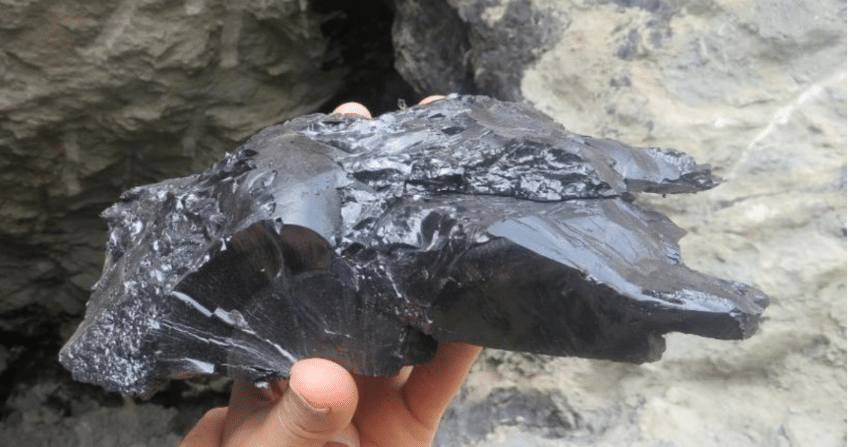Rate this post
Gilsonite, a solid hydrocarbon with a unique composition and properties, is believed to have formed through a complex series of geochemical processes. While the exact details are still debated, a general consensus has emerged based on geological evidence and chemical analyses.
Key Stages in The Geochemical Formation of Gilsonite :
-
Organic Matter Accumulation:
- Source Rock: The process begins in a sedimentary environment, often a lake or lagoon, where organic matter, primarily from aquatic organisms, accumulates.
- Burial and Compaction: Over time, this organic-rich sediment is buried by layers of other sediments, leading to increased pressure and temperature.
- Source Rock: The process begins in a sedimentary environment, often a lake or lagoon, where organic matter, primarily from aquatic organisms, accumulates.
-
Maturation:
- Transformation: As temperature and pressure increase, the organic matter undergoes a series of chemical transformations, converting into kerogen, a complex organic substance.
- Oil Generation: Under specific temperature conditions, kerogen can break down to generate oil and gas.
-
Migration and Entrapment:
- Migration: The newly formed oil and gas may migrate from the source rock through porous rock formations to areas of lower pressure.
- Entrapment: In certain geological structures, such as anticlines or faults, the oil and gas can become trapped, preventing further migration.
-
Solidification:
- Gilsonite Formation: In some cases, the trapped oil may undergo additional chemical changes, losing its volatile components and becoming a solid material. This solid material is known as gilsonite.
- Factors: Several factors can influence the solidification process, including the specific composition of the oil, the temperature and pressure conditions, and the presence of certain minerals or other substances.
- Gilsonite Formation: In some cases, the trapped oil may undergo additional chemical changes, losing its volatile components and becoming a solid material. This solid material is known as gilsonite.
Unique Characteristics of Gilsonite:
- High Asphalt Content: Gilsonite is primarily composed of asphaltenes, a complex group of organic compounds.
- Low Sulfur Content: Compared to many other fossil fuels, gilsonite has a relatively low sulfur content, making it a more environmentally friendly option.
- High Viscosity: Gilsonite is a highly viscous substance, which contributes to its unique properties and applications.
In conclusion, the geochemical formation of gilsonite involves a complex interplay of geological and chemical processes. Understanding the formation of this unique mineral can provide valuable insights into the history of hydrocarbon generation and the potential for future discoveries.
Source:
گیلسونایت فومه

